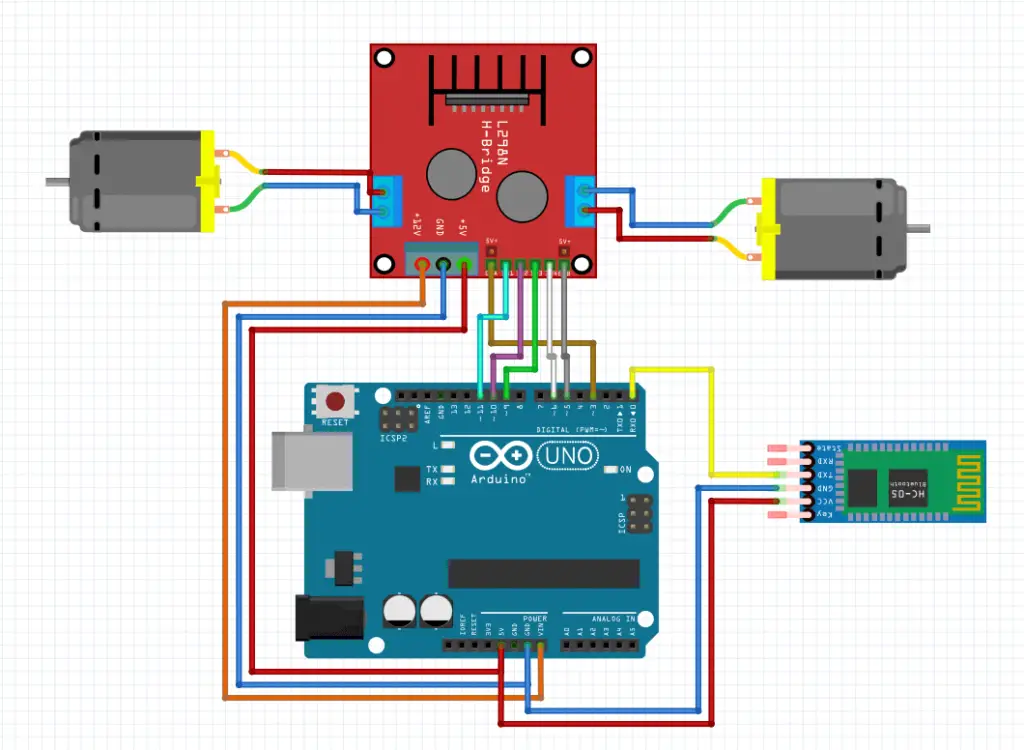
- FAST SERIAL COMMUNICATION ARDUINO HOW TO
- FAST SERIAL COMMUNICATION ARDUINO SERIAL
- FAST SERIAL COMMUNICATION ARDUINO CODE
- FAST SERIAL COMMUNICATION ARDUINO DOWNLOAD
To be pedantic, a script should never directly change the variable used by a thread. For instance, by adding a boolean variable called looping that can be used a guard for the thread loop. There are several approaches that can be done, but they all need a way for a Unity script to alter the state of a thread.
FAST SERIAL COMMUNICATION ARDUINO SERIAL
A better implementation should always make sure that all the possible exceptions are captures and properly handled.Īnother aspect that has not been considered is the closure of the serial port.
FAST SERIAL COMMUNICATION ARDUINO CODE
The code shown so far is not very reliable, as it doesn’t take into account possible errors and exceptions.


FAST SERIAL COMMUNICATION ARDUINO HOW TO
Note that the functions WriteToArduino and ReadFromArduino are taken from the first part of this tutorial, How To Integrate Arduino With Unity. String result = ReadFromArduino(timeout) Opens the connection on the serial port The loop keeps it open, sending and receiving messages through the synchronised queues: The setup opens the serial connection with Arduino. It consists of two parts a setup, and a loop. The final part of code necessary is the actual body of the thread. Please, note that now that we are using queues, it is your script’s responsibility to periodically query the queue for incoming messages. Public void SendToArduino (string command) Using the queue in this setup is relatively straightforward: Now that we have two queues, we need some code that allows an external MonoBehavior script to send and receive data. The Queue.Synchronzed wrapper makes an existing queue thread safe ( MSDN). Please note that the class Queue, by itself, is not guaranteed to be thread safe. InputQueue = Queue.Synchronized( new Queue() ) OutputQueue = Queue.Synchronized( new Queue() ) Private Queue inputQueue // From Arduino to Unity Private Queue outputQueue // From Unity to Arduino When a MonoBehavior script wants to send a request to Arduino, it places it in a input queue. The thread reads it, executes it and when its done it places it into an output queue. The thread never accesses any Unity objects. Those two queues are used to safely send and receive messages across threads.Ĭ# has an effective implementation of synchronised queues that are safe to use between different threads: The solution revolves around the concept of synchronised queues. To make it simple: Unity objects cannot be touched or manipulated in a thread. As a result, its callback could potentially be executed in an environment that is not thread safe. The thread that communicates with Arduino can complete its request at any moment in time. That approach, unfortunately, won’t work with threads. This was exactly the approach used in How To Integrate Arduino With Unity, implemented in the coroutine AsynchronousReadFromArduino.

A MonoBehavior sends a request to the thread.With callbacks, the logic flow of the game is as follow: A very common approach relies on callbacks. We cannot expect a function that, once invoked, returns when some data from Arduino is available. When code is executed in parallel, the traditional pattern of request and response typical of most imperative languages breaks. Public class ArduinoThread : MonoBheaviour

In the following example, that function is called ThreadLoop . When a new thread is created, a function has to be provided.
FAST SERIAL COMMUNICATION ARDUINO DOWNLOAD
To solve the problem of the communication between Unity and Arduino, once and for all, we need actual threads.Īt the end of this tutorial, you can find a link to download the Unity package.Ĭ# supports threads with its System.Threading library. This means that true parallelism is intentionally avoided by the engine, as it could result in race conditions. The main problem is that, despite the name, Unity coroutines are not really executed in parallel with the rest of the game. The solution proposed in that tutorial used a coroutine decoupling the device communication from the game logic attenuates the problem, but it doesn’t remove it. In a previous post, How To Integrate Arduino With Unity, we have shown how data can be sent and received through the serial port. The main problem encountered was dealing with the latency and the delays that communicating across different devices introduces.


 0 kommentar(er)
0 kommentar(er)
